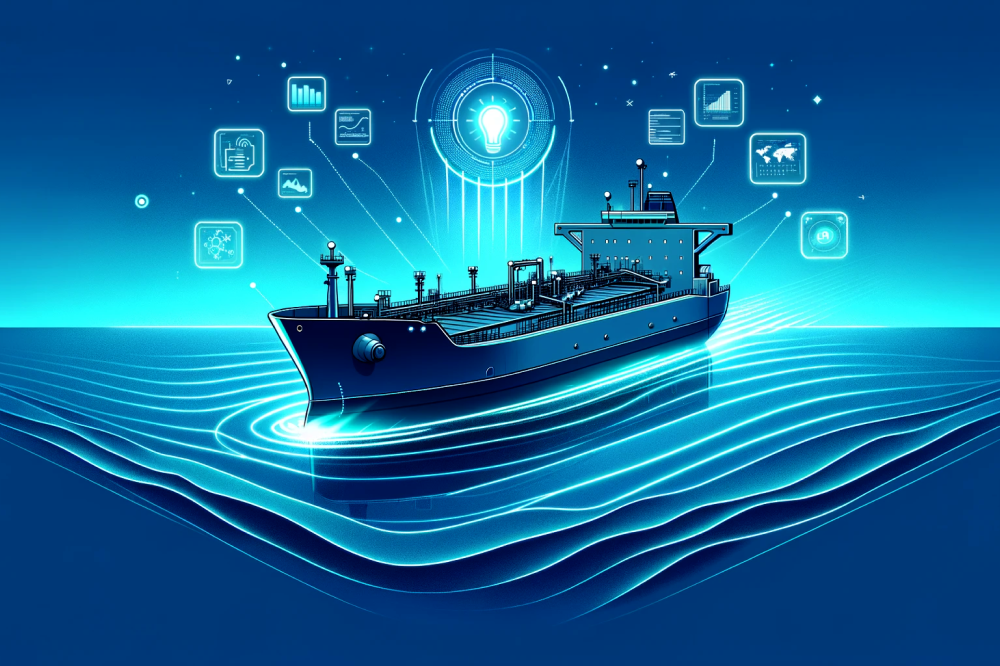
Master Thesis by Jørgen Hanssen - Expanding Our Knowledge of Maritime Trade with AIS and Explainable AI Systems
Great to have you in Maritime Optima. You have been working with the company since we founded it in 2018, and now you are doing your master's thesis by using the AIS data stream.
What have you been working with at Maritime Optima?
There are remnants of me throughout Maritime Optima; I have been working here from the beginning and am proud to have laid much of the foundation for what we have today. I started as a full-stack developer but got to focus more on the frontend and product design after we strengthened our backend staffing. I would say that my most notable contributions were the complete redesign and development of the company's mobile apps and my work advancing product ideas from conception to implementation through prototyping and front-end development.
What have you learned?
Working as a software engineer at Maritime Optima has been a truly enriching experience. It has strengthened my programming skills significantly, as I have had the opportunity to work on various technical challenges and implement innovative solutions. In addition to improving my technical skills, working at the startup has given me a deep understanding of the maritime industry. I have learned about the complex processes involved in shipping and logistics, and I have gained a better appreciation for technology's role in the maritime cluster. Working at a startup has also allowed me to broadly integrate with the “startup” way of working. I have had the opportunity to collaborate closely with a small, dynamic team and contribute to the growth and success of the company. This has been a rewarding experience, and I feel grateful to have had the opportunity to be a part of the Maritime Optima team.
What was the motivation behind your Master's thesis?
Sven Ziegler, the office’s shipping market researcher, and analyst, once had an intriguing presentation about how vessels’ speed impacted their companies' stock prices. This sparked a process of applying state-of-the-art machine-learning models to our AIS data, which showed remarkable predictive ability on several financial instruments. While we find these results excellent, we don’t know what’s going on under the hood, which is a significant issue within AI. Therefore, my master’s thesis will delve into the field of explainable AI, which can help us uncover how and why the model can predict such prices, providing insight for shipping and AI research.
What is the name of your thesis, and what is its scope?
“Expanding Our Knowledge of Maritime Trade with AIS Data and Transformer Models: Explaining How AI Understands Financial Instruments”
The name is still up for debate, but for now, this is the name. Its scope will be to explain an improved model’s decisions and the reasoning behind its predictions.
What has been done by previous students and companies within related topics?
There has been some promising research into using AIS and machine learning to predict freight rates in particular. However, the studies treat the models as black boxes, providing little insight into how and why they work. In addition, they relied on relatively low-level AIS data, which is known to be of poor quality.
What do you think will be the biggest challenge?
The biggest challenge will be to find adequate methods of visualizing the data, which is also an essential aspect of this thesis; publications of XAI using these complex sequential models are saturated by computer vision and other easily visualizable problems.















